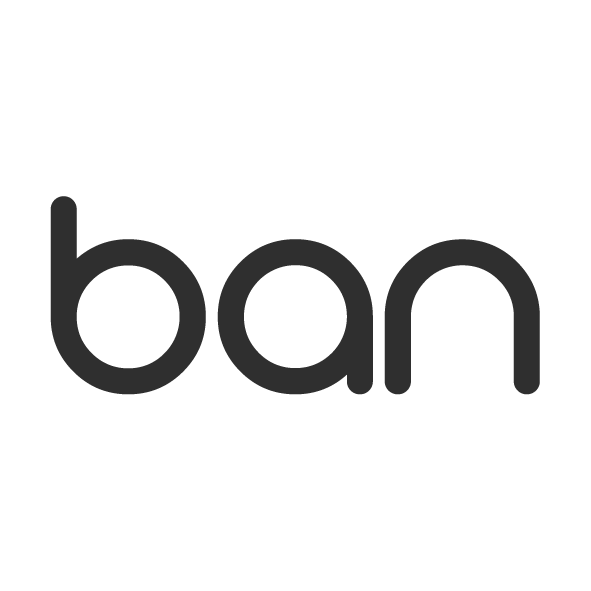What is SEO? A Comprehensive Guide
In the digital age, having a strong online presence is crucial for businesses and individuals alike. One of the key components to achieving this is through Search Engine Optimization. But what is SEO? In this article, we will break down its definition, importance, core components, and best practices.
Understanding SEO
It refers to the process of enhancing a website to improve its visibility on search engines like Google, Bing, and Yahoo. The ultimate goal of SEO is to attract organic (non-paid) traffic to a website by ranking higher in search engine results pages (SERPs) for relevant keywords and phrases.
Why is it Important?
Search Engine Optimization is vital for several reasons:
- Increased Visibility: The higher a website ranks in SERPs, the more likely it is to be clicked on by users. Most users rarely go beyond the first page of results, making SEO essential for visibility.
- Cost-Effectiveness: Unlike paid advertising, which can be expensive, SEO focuses on organic traffic. Once a website is optimized and starts ranking well, it can continue to attract visitors without ongoing costs.
- Credibility and Trust: Websites that appear on the first page of search results are often perceived as more credible and trustworthy. Good SEO practices help build this authority.
- Better User Experience: SEO isn’t just about search engines; it’s also about enhancing the user experience. Optimizing website speed, mobile-friendliness, and navigation can lead to higher engagement and lower bounce rates.
Core Components
When considering what is Search Engine Optimization, it’s essential to understand its key components:
1. On-Page S.E.O
On-page S.E.O involves optimizing individual pages on a website. This includes:
- Keyword Research: Identifying relevant keywords that potential visitors might use in searches.
- Content Optimization: Creating high-quality, valuable content that incorporates these keywords naturally.
- Meta Tags: Crafting compelling title tags and meta descriptions to improve click-through rates.
- Header Tags: Using H1, H2, and H3 tags to structure content for both users and search engines.
2. Off-Page S.E.O
Off-page S.E.O refers to actions taken outside of your website to impact rankings. Key elements include:
- Backlinks: Acquiring links from other reputable websites. High-quality backlinks signal to search engines that your site is trustworthy.
- Social Media Engagement: Promoting content on social media platforms can drive traffic and enhance visibility.
- Influencer Marketing: Collaborating with influencers can help reach a broader audience and generate backlinks.
3. Technical SEO
Technical SEO focuses on improving the technical aspects of a website to enhance its readability by search engines. This includes:
- Site Speed: Ensuring your website loads quickly for a better user experience.
- Mobile-Friendliness: Optimizing your site for mobile devices, as a significant amount of traffic comes from mobile users.
- XML Sitemaps: Creating sitemaps that help search engines crawl and index your site efficiently.
- Secure Sockets Layer (SSL): Implementing SSL to ensure data security and improve trust.
Best Practices for SEO
To effectively implement SEO, consider these best practices:
- Create Quality Content: Focus on producing valuable, informative, and engaging content that addresses your audience’s needs.
- Use Relevant Keywords: Incorporate keywords naturally within your content, headings, and meta tags.
- Optimize for Local Search: For businesses with a physical presence, optimizing for local search can attract nearby customers.
- Regularly Update Content: Keep your content fresh and relevant by updating it regularly.
- Monitor Analytics: Use tools like Google Analytics to track your website’s performance and make data-driven decisions.
Conclusion
So, what is SEO? It is a multifaceted strategy aimed at improving a website’s visibility on search engines through various optimization techniques. Understanding and implementing SEO is crucial for driving organic traffic, building credibility, and ultimately achieving business goals. By mastering the core components and following best practices, you can enhance your online presence and reach your target audience effectively.













